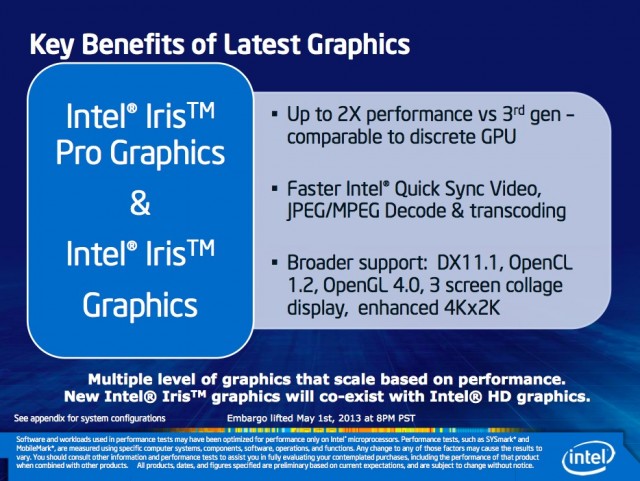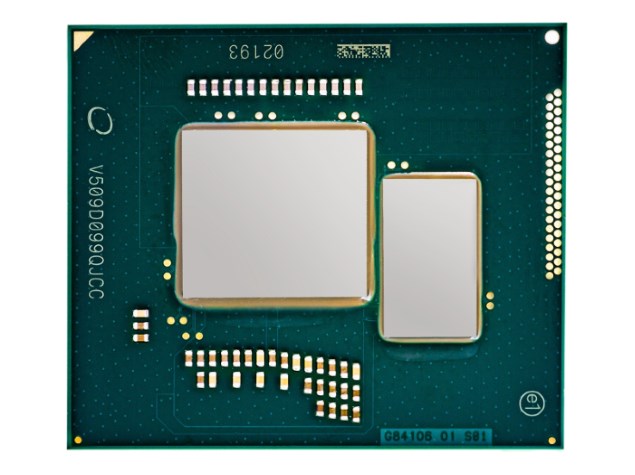


Intel's integrated graphics are designed with power efficiency in mind and usually come with less Video RAM, making it less suited for graphic-intensive gaming, software development, or computer-aided design work.

How The Surface Pro 7's Graphics Capability Compares When it comes to graphical performance, only the Surface Pro 7 i5 or i7 variants offer a substantial upgrade over its predecessor given the generational improvements of its newer Intel Iris Plus GPU. Compared to its predecessor, which utilized a similar Intel UHD Graphics setup, the Surface Pro 7's i3 and Intel UHD GPU variant will likely be less capable, as it has less RAM than the Surface Pro 6 which pairs it with better i5 and i7 processors. Microsoft is offering Intel UHD Graphics for those who opt for the dual-core Core i3 option, while those who choose the faster yet pricier quad-core Core i5 and Core i7 options get the better Intel Iris Plus Graphics. The Surface Pro 7 comes with an integrated graphics card as well, with varying performance that depends on the chosen configuration. Related: Samsung Galaxy Book, Pro & 360 Compared The next Surface Pro model will likely follow the same formula. The Surface Pro 6 followed the same trend, coming with an Intel CPU and an integrated UHD Graphics 620 card that's more tailored for general productivity and portability rather than performance. Microsoft has been outfitting these convertible laptop/tablet hybrids with matching Intel processors and onboard graphics ranging from an Intel Core i3 to a Core i7. Unlike the Surface Laptop which offers more hardware choices, the Surface Pro lineup has used Intel internals since the first generation debuted back in 2013. While it can be outfitted with integrated GPUs powerful enough for most use cases, those looking for a graphical powerhouse should look elsewhere. The Surface Pro 7 is Microsoft's flagship 2-in-1 hybrid and its specs, configuration options, and pricing reflect that.


 0 kommentar(er)
0 kommentar(er)
